Walt Disney was an animal lover and it was always his dream to have live animals in the parks. In fact, the original concepts of the Jungle Cruise and the Enchanted Tiki Room had live animals instead of the audio-animatronics that you see today. Unfortunately, Imagineers at that time couldn’t find a safe way to use live animals in an attraction.
In April 1998, Walt’s dream was finally brought to life when Disney’s Animal Kingdom in Florida opened its gates. Animals from all over the world were brought to the park to showcase their beauty and educate guests of the importance of wildlife conservation. Kilimanjaro Safaris was one of only 15 opening day attractions and it remains the park’s flagship attraction to this day.
The story goes like this: The Kilimanjaro Safaris booking office can be found in the village of Harambe, an African merchant village on the edge of the Harambe Wildlife Reserve. The Reserve was created in 1971 to protect local wildlife. It covers 800 square miles and is patrolled by wardens on the ground and from the air. Guests from all over the world visit Harambe to go on 2-week adventures with Kilimanjaro Safaris and see the amazing animals of Harambe and learn about how the Reserve is protecting wildlife against human encroachment.
In reality, the Reserve is not quite 800 square miles – but it is very large. The Kilimanjaro Safaris attraction covers 110 acres of land, making it just a little bigger than all of Magic Kingdom. Guests tour the Reserve in large safari trucks driven by knowledgeable guides. The 2-week safari is actually 18 minutes long, barring any wildlife delays on the nearly 2-mile long ride path. (Check out the upcoming blog “The Secrets of Kilimanjaro Safaris” to learn about some entertaining delays and other fun stories, as told by a safari guide!)
When the attraction first opened in 1998, Guests were asked to keep an eye out for poachers who were known for targeting elephants in the Reserve. The warden, Wilson Matua, could be heard on the radio throughout the journey instructing the safari guide where to track down poachers who were after “Little Red”, a baby elephant who lived in the Reserve. The 2-week safari was cut short as guests helped save Little Red and arrest the poachers. In 2012, the storyline was changed and Little Red was removed from the ending. Now the safari guides focus on educating guests about the animals and landscape. (The video that plays while you wait in line for the ride hasn’t changed and still contains the original anti-poaching message.)
There are over 30 animal species living in the Harambe Wildlife Reserve. (Check out the upcoming blog “The Animals of Kilimanjaro Safaris” to learn more about each species and see close-up photos.) During the safari, guides share facts about every animal they see as well as interesting information about the environment where the animals live. The animals are free to roam the Reserve, so it’s possible for animals to walk right up to your truck! You never know what you will see on safari – no two safaris are ever the same. Have your cameras ready but hold on tight – the roads in the Reserve are bumpy and your safari guide can’t stop for pictures or for lost cameras.
In 2016, Kilimanjaro Safaris opened for business in the evenings, bringing guests into the Reserve to experience the safari in a whole new light (literally and figuratively). While pictures are sometimes difficult to take because of the lack of lighting, the experience is worth it. Many animals are more active in the evening; it is not uncommon to hear wildebeests moan or lions roar during a nighttime safari. Check out this video:
When is the best time to ride? Well, animals are a lot like humans – they aren’t very active when it’s hot. Going on safari during the coolest parts of the day (early morning and evening) will likely reveal more animal activity. The safari is different every time you ride – consider riding more than once while you’re there!
For guests who want a more up close and personal experience, Wild Africa Trek is a guided VIP tour of the Harambe Wildlife Reserve. The 3-hour adventure includes a personal tour guide who gives in-depth information about the animals and provides a behind-the-scenes look at their environments. After learning about the animals and exploring their habitats in an off-road safari truck, snacks are provided in a private hut overlooking the savanna and the animals who live there. It is a once-in-a-lifetime experience! (Extra fees apply. Check with your Travel with the Magic agent for more details.)
Want to learn more about the best attraction in Disney’s Animal Kingdom? Stay tuned for “Part 2: The Animals of Kilimanjaro Safaris” where I’ll share some little-known animal facts and stunning pictures of some of my favorite African animals. And don’t miss “Part 3: The Secrets of Kilimanjaro Safaris” where I’ll share some of my stories as a safari guide!
Ready to visit Disney’s Animal Kingdom? Let me help you plan the perfect trip!
My name is Kate Oyer, and I love all things Disney. Since my first trip to Walt Disney World in 1989, I have always wanted to be a part of the magic. And now I am! As an experienced Disney traveler, a former Cast Member, and now an Authorized Disney Vacation Planner, I am ready to help you and your family make magical memories that will last a lifetime.
Looking for military-specific travel information? I can help with that, too. As an Army family, we have taken advantage of Disney’s generous military discounts as often as possible. Contact me today to start planning your next unforgettable family vacation!




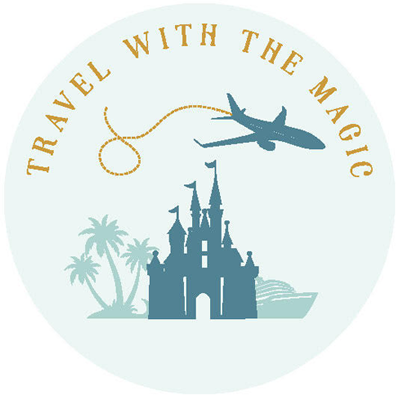
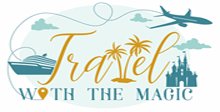

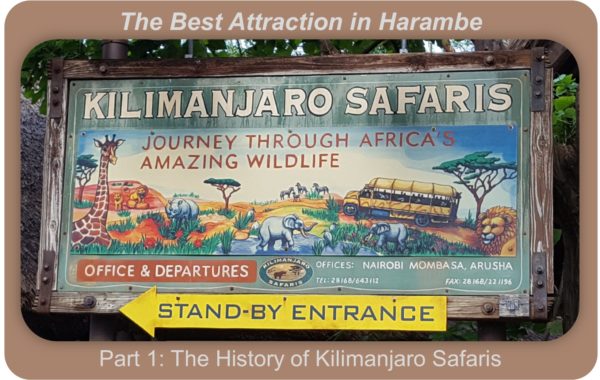
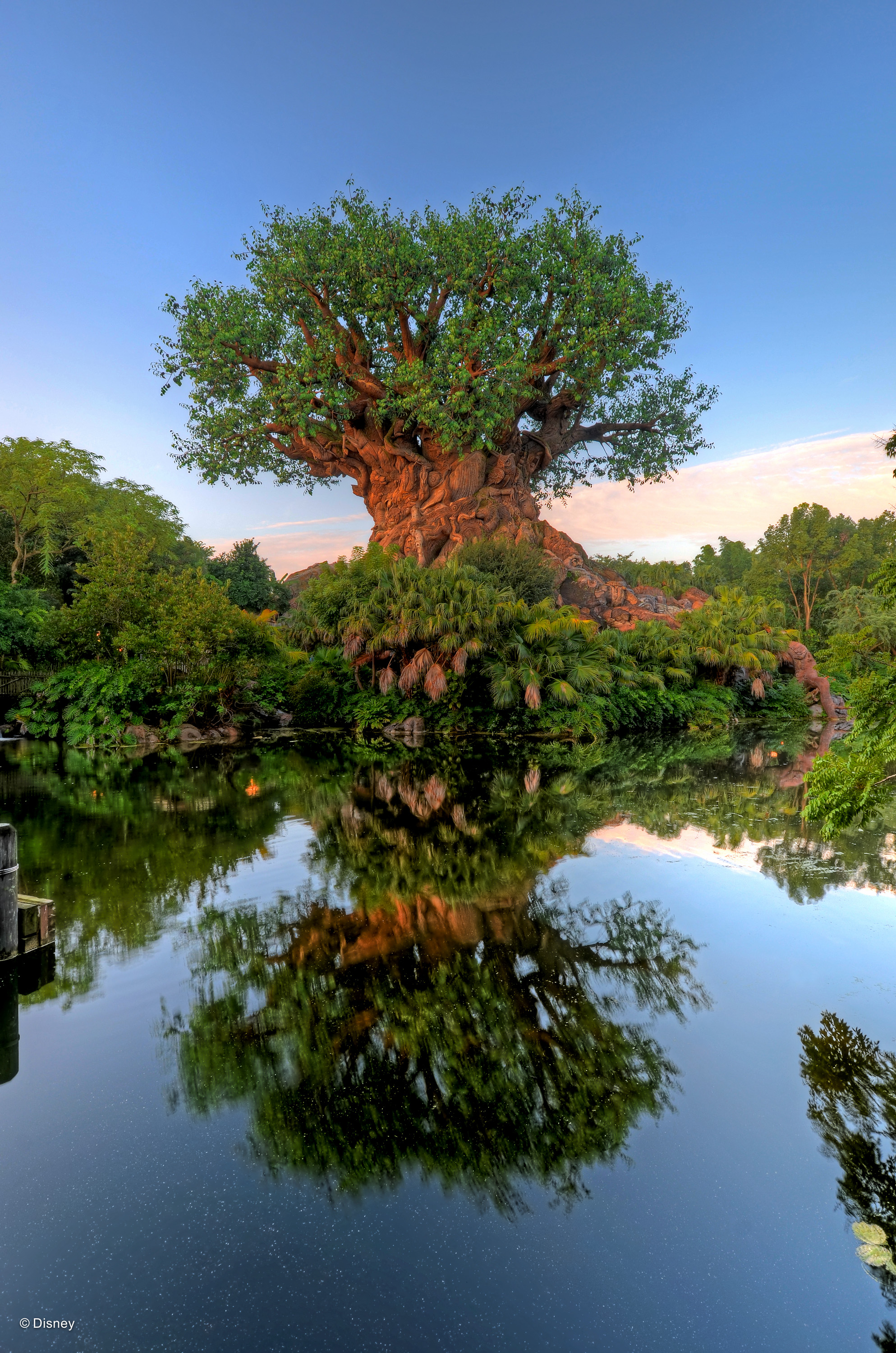
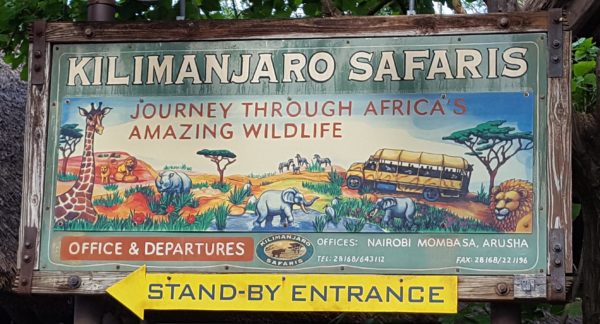
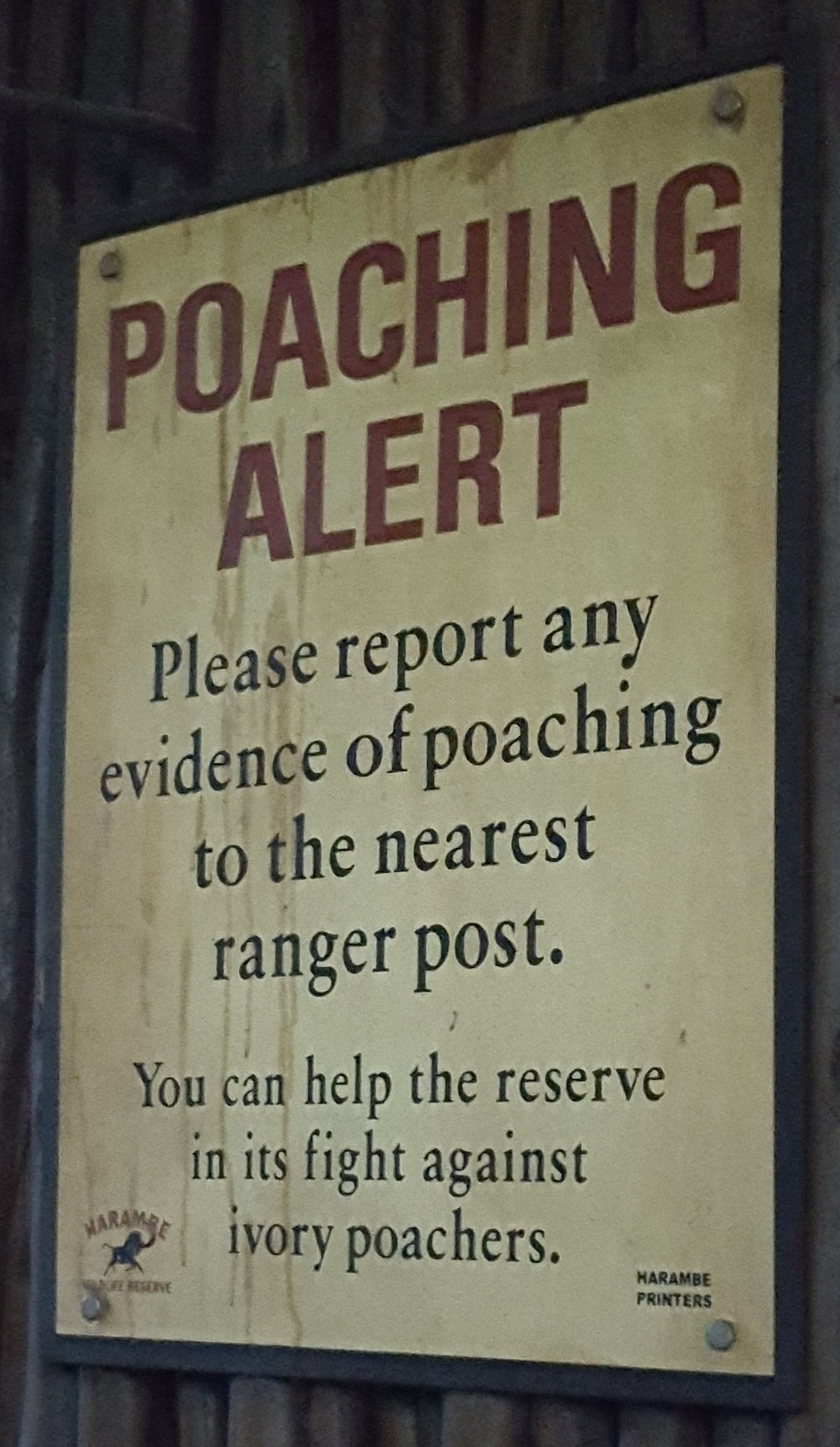
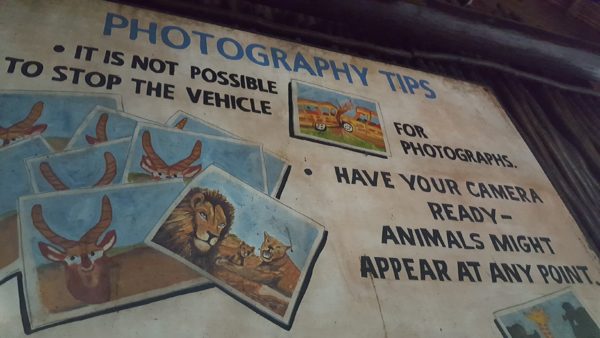
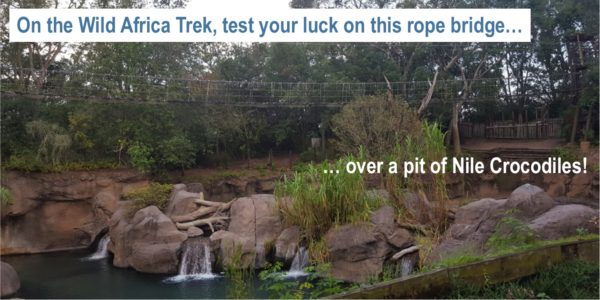
Leave A Comment